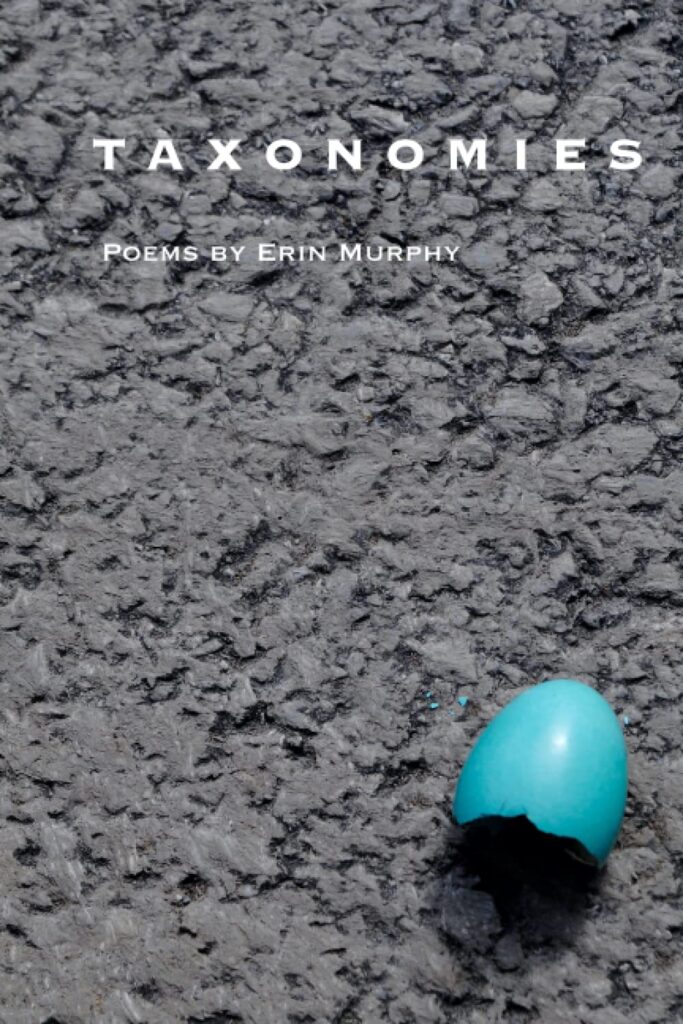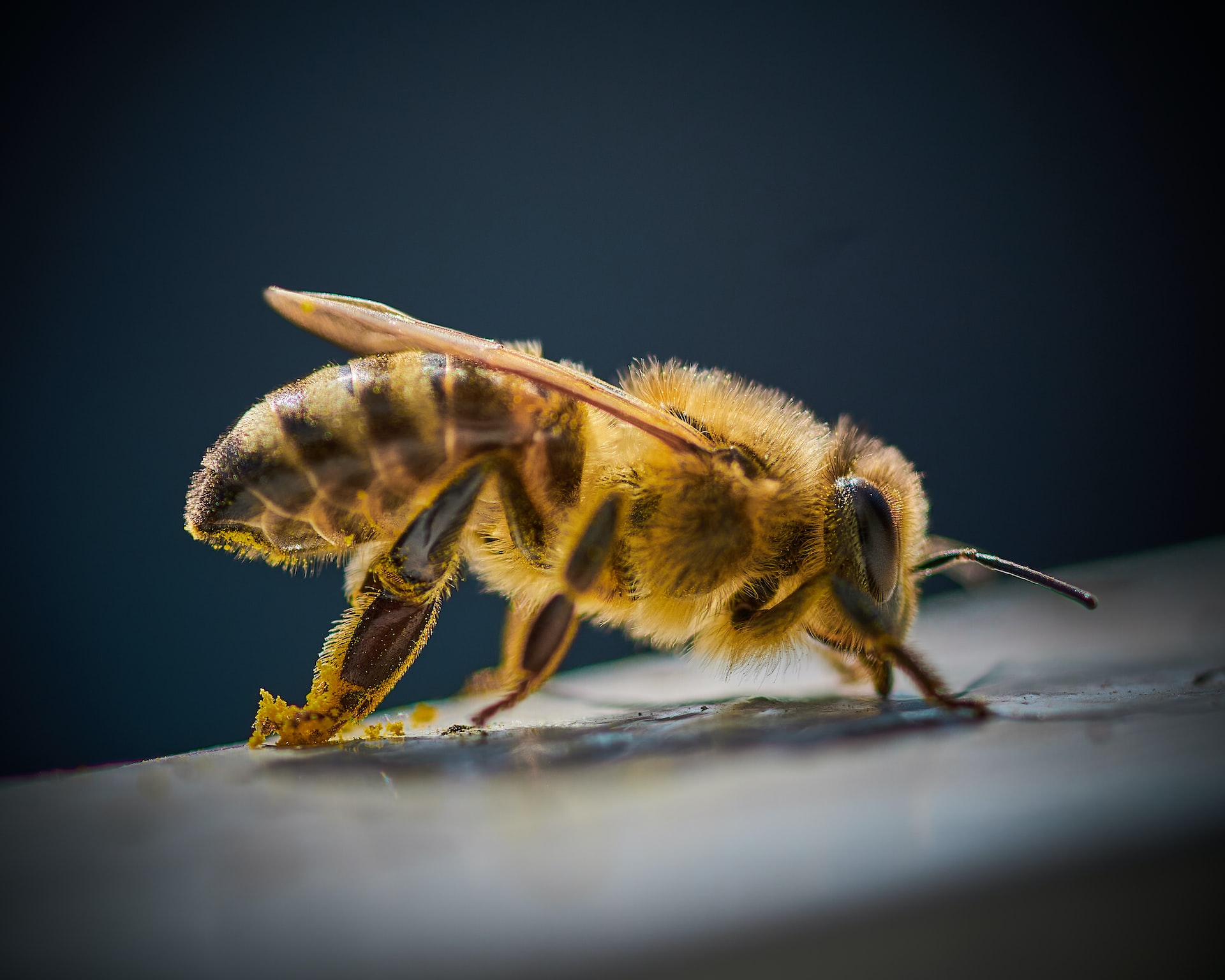by Stan Galloway

We all want to know how things connect, whether the question is conscious or not. As infants, our entire existence is finding what works and what doesn’t: how to get hunger to stop, how to move that stupid yellow ball someone keeps putting in front of us, how to make bee stings stop hurting. In some ways, these are the tasks of a lifetime.
Erin Murphy examines the process purposefully in her newest collection, Taxonomies (Brick Road Poetry Press, 2022). Every poem is a crooked trail from the concrete to the intuitive, from the literal to the epiphanic, in seven lines. Each demi-sonnet is pinned with a final rhyme, or at least assonance, giving a concluding bell-ting. The collection moves on the premise of analogy. First something that is observable is stated as a foundation. Next come theme and variations, until, finally, the concluding insight is far from the beginning point – yet, not.
Taxonomies, by definition, are scientific classifications, showing how similar things connect. The connections are implicit, though, in these poems. “Taxonomy of Things That Slide,” for example, begins with “Girl on the playground.” No mention of an actual slide is made. It is implied in the next image of “steel mirror-polished.” From the purity of the playground, the poem moves to houses destroyed by rain, which then leads to tears. With the loss of innocence come “Unwelcome words” about breasts, possibly to the girl who once played on the slide and is adjusting to a body abducted by puberty. The poem ends by invoking time with the single word years (remember, the poem is about things that slide). It is in many ways, a coming-of-age poem. It is also a poem of nostalgia: the final “years” echoes the “tears” two lines earlier.
“Taxonomy of Things That Slide” is easy in comparison with later poems. The accumulation of images spirals in unexpected directions. “Taxonomy of Late Arrivals” begins with a divided home and “The every-other-weekend father” with an assumed half-brother – no simple entry point. Time spins with summer moons and winter suns. Then “the girl” enters the poem with a boyfriend who has “too quick” hands. Those hands represent more in the leap to the final image of concern, the girl’s period. So little is said in terms of words in each poem, but the depth of time and emotion that each transits is thick.
As a final example, near the end of the collection, consider “Taxonomy of Endings That Are Actually Beginnings.” Opening with the final “scene of The Godfather,” moving through cilantro and dawn to the startling final two images: “The man who knew your mom / was pregnant and left. A knee on the neck.” The repeated eh-sound in pregnant, left, and neck concludes the poem with an echo of panting (eh, eh, eh), trying to catch one’s breath from the intellectual and emotional roller coaster of ideas therein.
Todd Martin, in his back-of-the-book blurb, identifies Murphy’s subject as “the classifiable and the unclassifiable,” “what can and cannot be named,” focusing on “the finite struggles we make with the infinite.” Taxonomies addresses all these extremities. Unlike scientific taxonomies, these poems do not intend to define. Classifications here are juxtapositions, not boxes. The suggested similarities that each poem brings ultimately rely on the reader to connect.
The poems in Taxonomies remind me of the Exeter Book in Anglo-Saxon literature (more than a thousand years old), especially its riddles. The ancient tradition of describing something for the reader to identify is deeply embedded in the English language both in playfulness and poignancy, as recorded by the old Exeter monk, whether invoking the biblical story of creation or the debauchery of a drunk man. The classifications in Taxonomies are as startling as some of the riddles that were recorded in the Exeter manuscript. Murphy, though, provides the answer in the poem’s title. The fun is leaping the gaps from image to image to arrive at the stated destination. This a thoughtful book, but a fun book as well.
Stan Galloway writes from the hills of West Virginia. He is the founder and host of Pier-Glass Poetry. He is the author/editor of 9 collections, including Endlessly Rocking (Unbound Content, 2019).



Add your first comment to this post